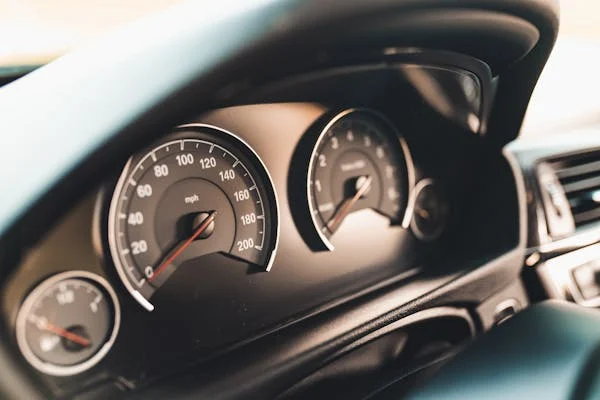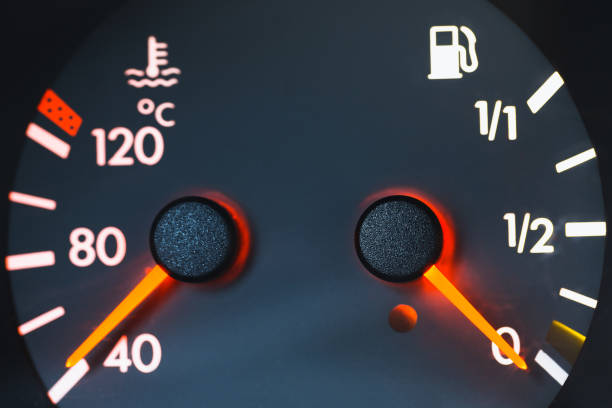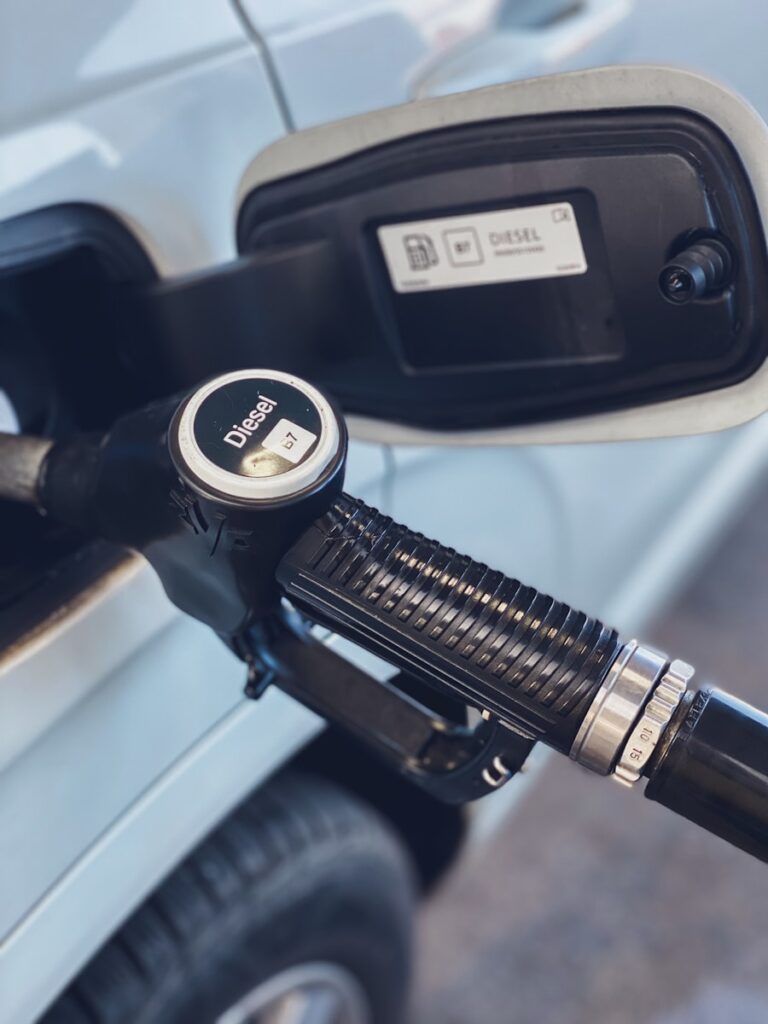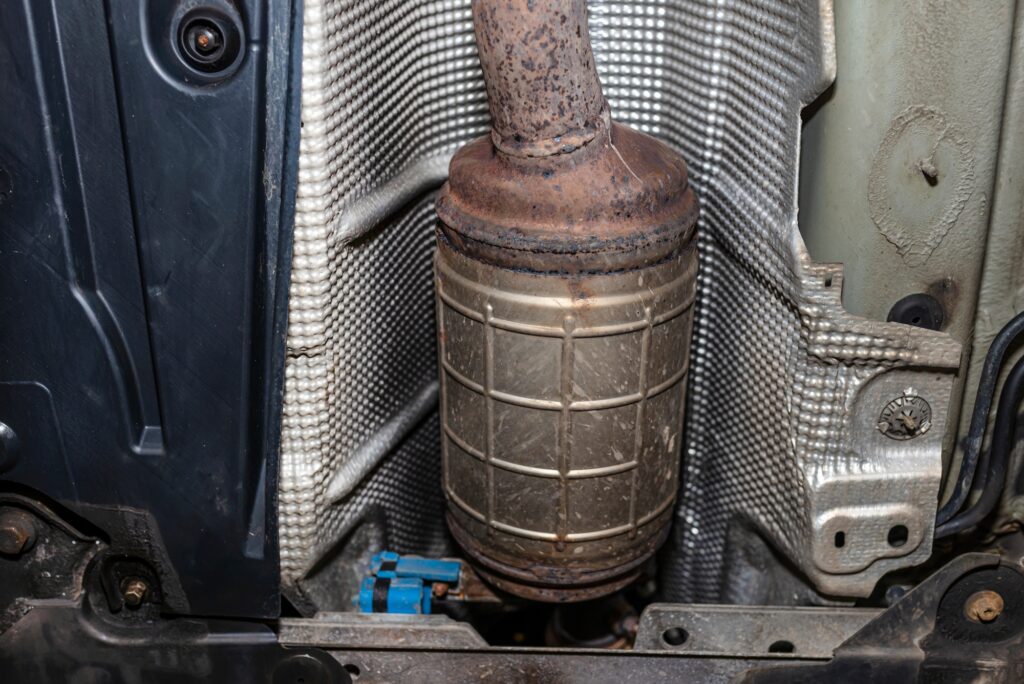Essential Information About Diesel Particulate Filters are renowned for their efficiency and durability, but they also produce harmful emissions, particularly particulate matter (PM). To mitigate this environmental impact, Diesel Particulate Filters (DPFs) have become essential components in modern diesel vehicles. This article delves into the mechanics of DPFs, their importance, maintenance practices, common issues, and future trends.
What are Diesel Particulate Filters?
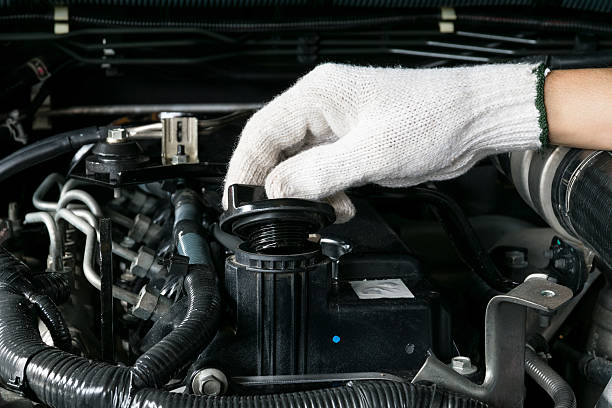
Definition and Purpose
Diesel Particulate Filters are advanced filtration systems designed to capture soot and other particulate matter produced during the combustion of diesel fuel. They help reduce emissions from diesel engines, making them a crucial part of vehicle exhaust systems.
How DPFs Fit into Diesel Engine Design
DPFs are typically located in the exhaust system of diesel vehicles, following the turbocharger and before the catalytic converter. Their strategic placement allows them to effectively trap soot and particulates generated by the engine.
How DPFs Work
Filtration Process
DPFs use a combination of physical and chemical processes to filter out particulate matter. The filter media—usually made from ceramic or metallic materials—has a porous structure that traps soot particles as exhaust gases pass through.
Regeneration Mechanisms
To maintain efficiency, DPFs must undergo a regeneration process, which can occur in two primary ways:
- Passive Regeneration: This occurs naturally when the engine operates at high temperatures, allowing the soot to burn off. Typically, this happens during long highway drives.
- Active Regeneration: When passive regeneration is insufficient, active regeneration is initiated. This involves injecting additional fuel into the exhaust stream to raise the temperature of the DPF, effectively burning off accumulated soot.
Importance of DPFs
Environmental Impact
DPFs play a significant role in reducing particulate emissions, which are linked to various health issues, including respiratory diseases and cardiovascular problems. By capturing these pollutants, DPFs contribute to cleaner air and a healthier environment.
Regulatory Compliance
In many regions, including the European Union and the United States, strict emissions regulations require diesel vehicles to be equipped with DPFs. Compliance with these regulations is essential for manufacturers and vehicle owners alike.
Engine Performance
A well-maintained DPF can enhance engine performance by ensuring optimal exhaust flow. A clogged filter can lead to increased back pressure, negatively affecting engine efficiency and potentially causing damage over time.
Types of Diesel Particulate Filters
Wall-Flow Filters
Wall-flow filters are the most common type of DPF. They consist of a series of channels that block the passage of soot while allowing exhaust gases to flow through. As exhaust passes through the filter, particulates are trapped in the walls.
Flow-Through Filters
Flow-through filters are less common and are primarily used in specific applications. They allow exhaust gases to flow freely while trapping soot on the surface of the filter media. These filters may require more frequent cleaning compared to wall-flow filters.
Hybrid Systems
Some modern vehicles utilize hybrid systems that combine features of both wall-flow and flow-through filters. These systems aim to optimize filtration efficiency while minimizing maintenance requirements.
Maintenance of DPFs
Regular Inspections
Regular inspections are crucial for ensuring the DPF’s functionality. Vehicle owners should consult their maintenance schedules and have their DPF checked periodically to prevent issues before they escalate.
Cleaning and Regeneration
Depending on the driving conditions and the vehicle’s usage, DPFs may require manual cleaning. Professional cleaning services can remove accumulated soot without damaging the filter. Additionally, understanding the regeneration process can help vehicle owners ensure that it occurs as needed.
Signs of DPF Issues
Several warning signs indicate potential DPF problems, including:
- Warning Lights: Many vehicles have a dashboard warning light that signals DPF issues.
- Reduced Engine Performance: A clogged DPF can lead to sluggish acceleration and decreased fuel efficiency.
- Excessive Smoke: Increased exhaust smoke may indicate that the DPF is not functioning correctly.
Common Issues with DPFs
Clogging
One of the most common issues with DPFs is clogging. This can occur due to short trips that don’t allow for sufficient regeneration, leading to soot accumulation. Regularly driving at highway speeds can help mitigate this issue.
Regeneration Failure
If the DPF does not regenerate properly, soot will build up, leading to increased back pressure and potential engine damage. Causes of regeneration failure may include:
- Low engine temperature
- Insufficient fuel for regeneration
- Malfunctioning sensors
Faulty Sensors
DPFs rely on several sensors to monitor pressure and temperature. Faulty sensors can disrupt the regeneration process, leading to poor DPF performance. Regular diagnostics can help identify and resolve sensor issues.
The Future of Diesel Particulate Filters
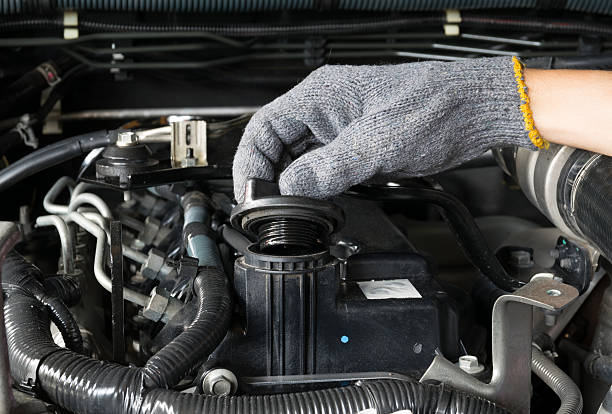
Technological Advancements
As diesel technology continues to evolve, DPFs are also advancing. Manufacturers are developing more efficient filter materials and regeneration methods, aimed at reducing maintenance needs and improving filtration capabilities.
Integration with Other Technologies
Future diesel engines may integrate DPFs with other emission-reduction technologies, such as selective catalytic reduction (SCR) systems. This combination can further lower emissions and enhance overall engine efficiency.
Alternative Fuels and Their Impact
With the rise of alternative fuels, such as biodiesel and renewable diesel, the need for traditional DPFs may change. These fuels can produce different emissions profiles, prompting adaptations in DPF technology to address new challenges.
Conclusion
Diesel Particulate Filters are vital for reducing emissions from diesel engines and ensuring compliance with environmental regulations. Understanding their operation, importance, and maintenance is essential for vehicle owners and operators. By keeping DPFs in good working order, you can contribute to a healthier environment, maintain optimal engine performance, and extend the lifespan of your vehicle. As technology progresses, DPFs will continue to evolve, playing a crucial role in the future of clean diesel technology.









